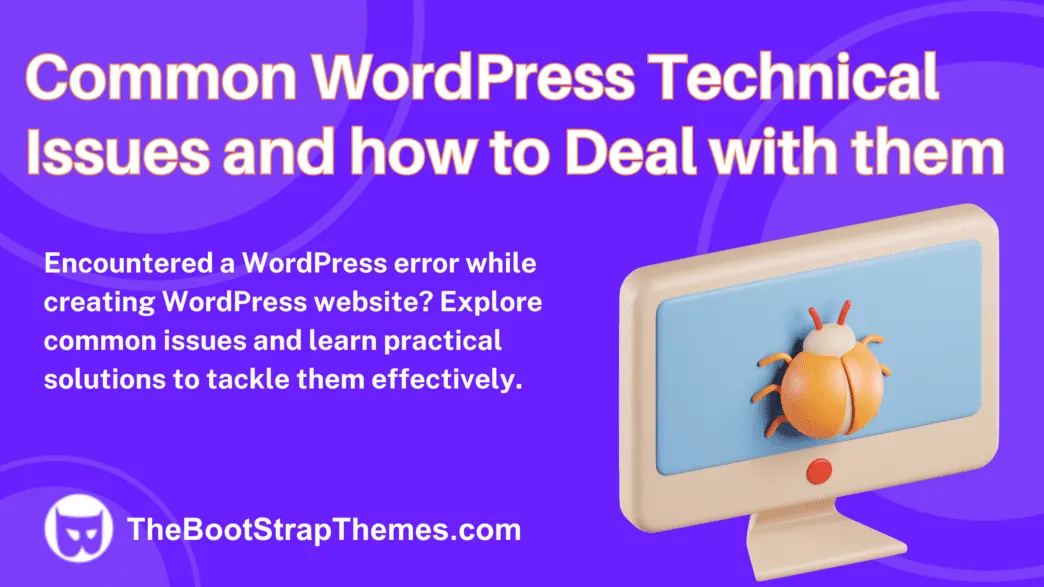Do you want your WordPress website to be faster and more efficient? Well, you’re in the right place!
Too many plugins can slow your site down. But don’t worry; we’ve got seven simple ways to help you use fewer plugins and speed up your WordPress site.
By following these tips, you can make your website faster and smoother without all the extra baggage.
Let’s dive into these super easy methods and get your site running like a well-oiled machine!
#1. Evaluate and Clean Up
Evaluating and cleaning up means checking the plugins on your website to see which ones you need and getting rid of the unnecessary ones. It’s like going through your closet and tossing clothes you no longer wear.
Start by looking at all your plugins and figuring out if you use them or if they do the same job as others. If you don’t use or are duplicates, it’s time to delete them.
Think of it as decluttering your space. Fewer plugins mean less stuff on your website, making it faster and work better. Just like having fewer things in your room makes it easier to find what you need and keeps it tidy.
So, evaluate and clean up your plugins to speed up your WordPress website and make it smoother.
#2. Choose Multi-Functional Plugins
Choosing multi-functional plugins is like getting tools to do many jobs instead of buying separate devices for each task.
Imagine you have a Swiss Army knife with many different tools in one. It’s similar when you use plugins that can do more than one thing on your website.
For example, you can find a single plugin, request a quote for WooCommerce, that handles both contact forms and the “request a quote” feature. This saves you from installing multiple plugins, which can slow down your website.
Like having one tool that can fix and build different things around your home, multi-functional plugins simplify your website, making it faster and more efficient.
So, instead of using many single-purpose plugins, choose the ones that can do multiple tasks to keep your website lean and running smoothly.
#3. Use Built-in WordPress Features
Using built-in WordPress features means using the tools already there in WordPress without adding extra stuff. Think of it as having a toolbox with everything you need.
For example, instead of adding more tools (plugins) to design your web pages, you can use the tools that come with WordPress, like the Gutenberg editor.
This simplifies things and keeps your website tidy. It’s like using the essential functions of your phone without needing extra apps for every little thing.
WordPress has many useful features, such as custom menus, widgets, and themes, that can help you achieve your goals without relying on external plugins.
How to speed up your WordPress site? By using these built-in features, you reduce the need for additional plugins, which can make your website load faster and work better. So, explore what WordPress offers first before adding more tools to your toolbox.
#4. Code Customizations
Code customization means creating solutions by writing computer code, like crafting a unique tool for a specific job. In WordPress, this means writing your code to add new features or tweak existing ones without relying on plugins.
For instance, if you want a unique feature on your website that no plugin provides, you can create it by writing code. This is like crafting a custom piece of furniture for your home instead of buying something from a store.
Code customizations can be more efficient and tailored to your specific needs. It’s like tailoring your clothes to fit ideally instead of buying off the rack.
Creating custom code for your website to reduce reliance on third-party plugins can indeed offer several benefits, such as improved website speed and unique, personalized features.
Coding Proficiency
However, it’s important to note that coding customizations require a certain level of coding proficiency. This means that you or your team should have the necessary skills to understand and manipulate the underlying codebase of your website.
If you or your team lack the required coding expertise, another option is to hire a developer who can write custom code tailored to your specific requirements. While this option may be more expensive, it ensures that your website’s customizations are professionally executed and can be a worthwhile investment in the long run.
A skilled developer can work closely with you to help you how to speed up WordPress site and bring it to life through custom code, creating a truly unique online experience for your visitors.
#5. Optimize Your Theme
Optimize your theme to make your website’s design and appearance work better and faster. It’s like giving your car a tune-up to make it run more smoothly.
When you choose a theme for your WordPress site, pick one that’s well-made and doesn’t have unnecessary fancy stuff. It’s like buying a car that’s built for speed and efficiency rather than one with a lot of extra features you don’t need.
A well-optimized theme is like a streamlined car that doesn’t have too much extra weight slowing it down. It helps your site load quickly and perform better. Think of it as having a vehicle that can go from 0 to 60 mph in no time, which is excellent for your website’s visitors.
By optimizing your theme, you’re making sure your site looks good and works well without any extra baggage that can slow it down. It’s like having a sleek and efficient car for your website.
#6. Minimize External Requests
Minimizing external requests means reducing the time your website asks other websites for things like pictures or scripts. Think of it as going to the store less often to get stuff.
When your website loads, it might ask other places on the internet for things like images or tools. Just like shopping less frequently helps you save time and money, having fewer requests makes your website load faster.
Reducing these requests is like getting all your stuff from one store instead of elsewhere. It’s more efficient.
Instead of having your website pulled from many different sources, try to get what you need from one place or store some of it on your website hosting server.
This makes your site work quicker, like how shopping less often can save you time and make things run smoother.
#7. Regularly Update Plugins
Regularly updating plugins means keeping your website’s extra tools up to date. It’s like periodically updating apps on your smartphone to get new features and fix problems. Plugin developers often improve their tools, making them work better and safer. Just as you update your smartphone apps to stay current, you should do the same for your website’s plugins.
Old, outdated plugins can lead to issues like security problems or incompatibility with your website. So, by keeping your plugins updated, you ensure that your website continues to run smoothly and stays secure. It’s like ensuring your car gets regular maintenance to avoid breakdowns.
Updating plugins is like keeping your website’s toolbox in good shape, ensuring it has the latest and best tools to maintain your site’s performance and security.
Conclusion
To sum it all up, using fewer plugins is a clever and efficient strategy how to speed up WordPress site.
By evaluating and cleaning up, choosing multi-functional plugins, utilizing built-in WordPress features, coding custom solutions, and optimizing your theme, you can streamline your site.
Additionally, minimizing external requests and keeping your remaining plugins up to date will further enhance your site’s performance. These straightforward steps ensure that your website runs faster, providing a better experience for your visitors.
So, follow these practical tips to simplify and speed up your WordPress site, making it more efficient and responsive.





